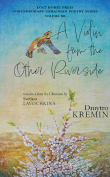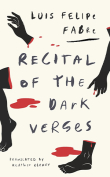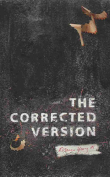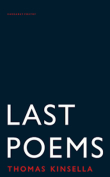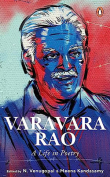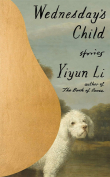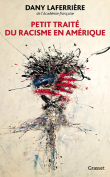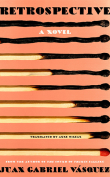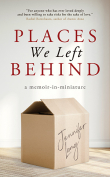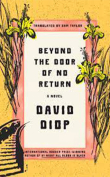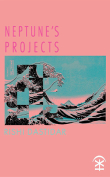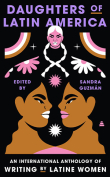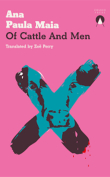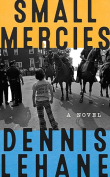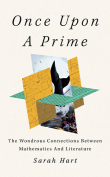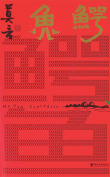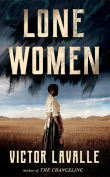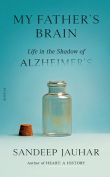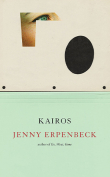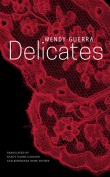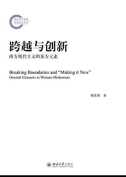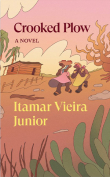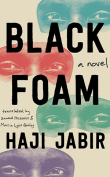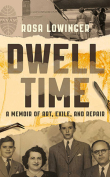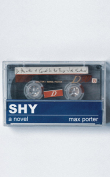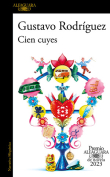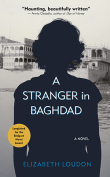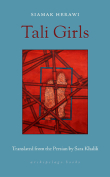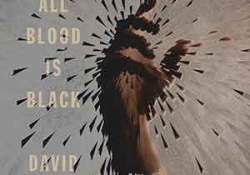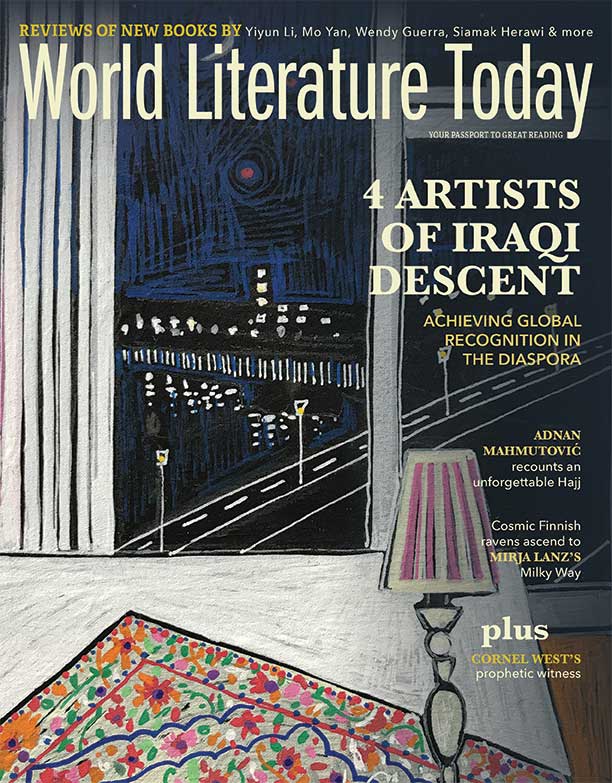Beyond the Door of No Return by David Diop
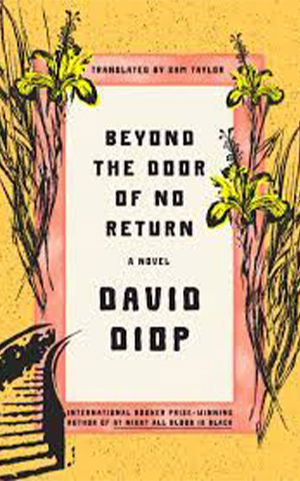 New York. Farrar, Straus and Giroux. 2023. 256 pages.
New York. Farrar, Straus and Giroux. 2023. 256 pages.
Regret is a force that changes us. It immerses us in melancholy and begs questions, without answers, about what could’ve been. This is what lies Beyond the Door of No Return, the latest novel from Booker Prize winner David Diop. While less bleak than At Night All Blood Is Black (WLT, Spring 2021, 97), Beyond is no less poignant. It’s part odyssey, part tragic romance, and entirely topical despite its historic setting.
Beyond examines the late stages of slavery in West Africa through the memoir of a French botanist, Michel Adanson. After his death, he wills his entire estate to his mostly estranged daughter, Aglaé. After finding a secret compartment in one of her father’s drawers, she discovers a portfolio addressed to her. Within it is Michel’s entire account of the woman whose name he muttered on his deathbed: Maram.
Most of the novel traces Michel’s three-year excursion in the Republic of Senegal. And though Michel is a mostly unassuming botanist, Diop doesn’t diminish how the character enables the slave trade. Michel may envision himself a white savior by his disdain for slavery, but it’s made abundantly clear his craft only serves to perpetuate a misanthropic system.
Diop is also adept at weaving myth into realistic fiction. Ritual and superstition follow every step of Michel’s journey. With each new revelation, the scientist deconstructs his rigid boundaries in his secret pursuit of a lost girl and snakeskin-wearing mystic. Beyond’s biggest mystery is unraveled quickly, but in doing so, Diop reframes our understanding of the story. In other words, the voyage across the savannah shifts inward and travels further than any physical journey could possibly go.
The author’s prose—and, by extension, Sam Taylor’s excellent translation—mixes vivid metaphor with direct action. Violence is conveyed as it should be: jarring, uncomfortable, and permeant. It lingers like a stench that’s only subdued by Diop’s magical descriptions of passion and longing. Beyond’s conclusion is harrowing and beautiful but persists a bit further than necessary. It may resonate more in a later read (which all of Diop’s novels demand), though it still feels like the parallel the writer draws out is exactly that—overextended. At the same time, it could be seen as a stark reminder of how, no matter the tragedy that befalls us, life persists uncaged.
Beyond the Door of No Return is a welcome predecessor to an inevitable masterpiece. It reveals an unseen side of Diop’s storytelling and, in doing so, justifies the risk of untamed love.
Daniel Bokemper
Oklahoma City
